Energetic Shifts in Real Estate: From Compulsiveness to Consciousness
I read a quote recently that said:
“When you are in a great hurry to do something, just hold back a few seconds. That’s all it takes to shift from compulsiveness to consciousness.”
It’s simple, but powerful.
In real estate, I see this play out often. Just recently, a buyer client fell in love with a home—but the appraisal came in significantly below the contract price. He paused, took a breath, and said something that stuck with me:
“I love the home, but I won’t start out in negative equity.”
That’s consciousness. That’s clarity. That’s choosing alignment over emotion.
On the flip side, I’ve seen buyers push forward in the heat of excitement, ignoring red flags or financial realities. Later, when it’s time to sell, they’re faced with regret and loss. It’s not because they didn’t care—it’s because they didn’t pause.
This isn’t just about real estate. It’s about life. How often do we rush into decisions—relationships, purchases, commitments—without checking in with ourselves first? That tiny pause, that breath, can be the difference between reaction and wisdom.
Being present, being aware of what drives our choices, and being willing to wait for alignment—that’s where peace lives. And when we make decisions from that space, whether it’s buying a home or choosing a new path, we move forward with confidence, not fear.
If you’re ready to make a move that feels aligned—whether you’re buying, selling, or simply exploring—I’d love to help. Let’s talk about what clarity looks like for you.
Photo by Geralt on Pixabay.

 Facebook
Facebook
 X
X
 Pinterest
Pinterest
 Copy Link
Copy Link











